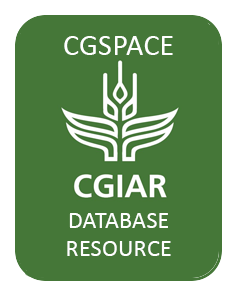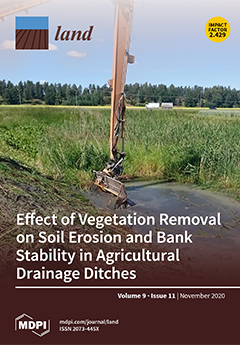Comparison of Simple Averaging and Latent Class Modeling to Estimate the Area of Land Cover in the Presence of Reference Data Variability
Estimates of the area or percent area of the land cover classes within a study region are often based on the reference land cover class labels assigned by analysts interpreting satellite imagery and other ancillary spatial data. Different analysts interpreting the same spatial unit will not always agree on the land cover class label that should be assigned.



